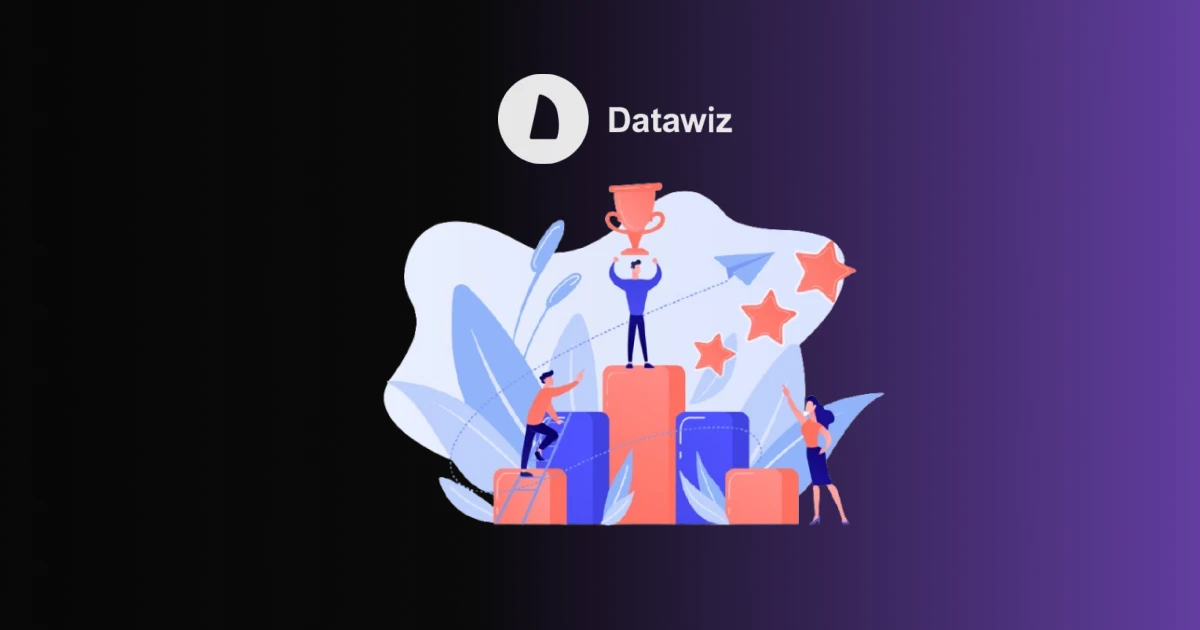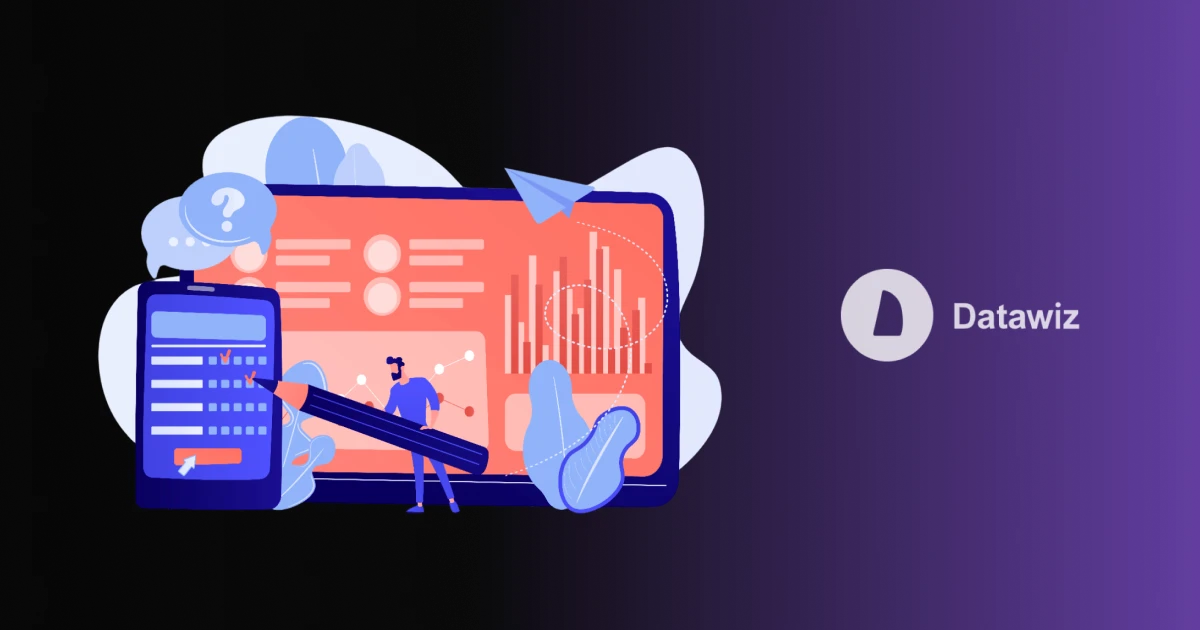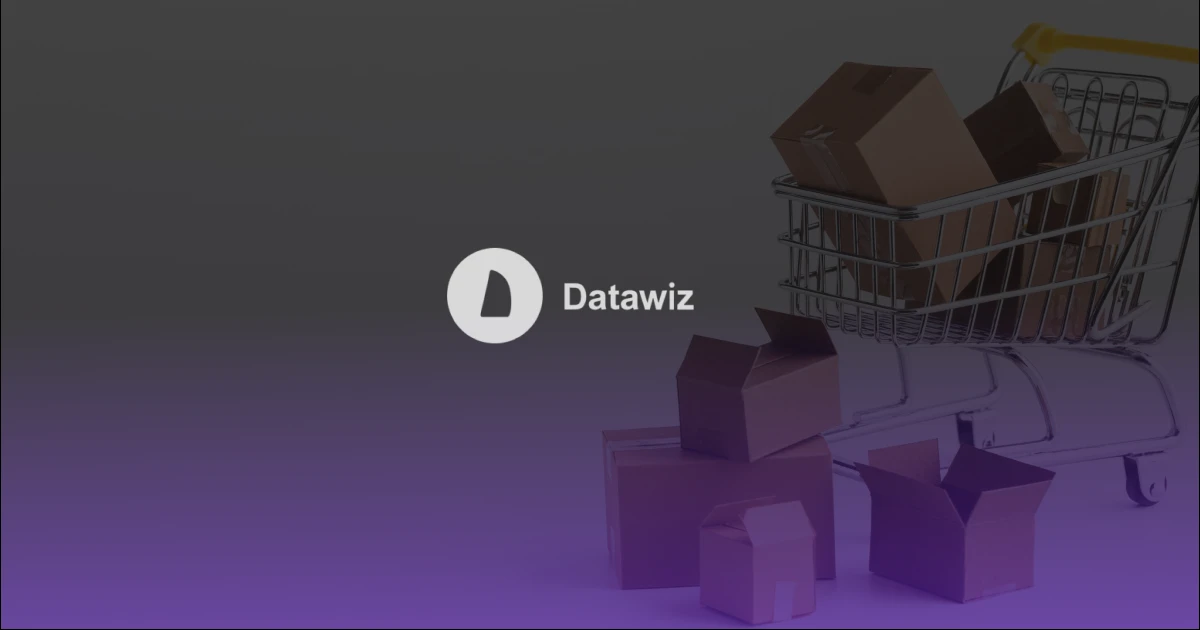Every square meter of a retail store represents an opportunity — not only to sell individual products but to create meaningful combinations that drive higher value. Product bundling has become one of the most effective merchandising approaches for retailers who want to increase basket size, manage inventory more efficiently, and deliver complete solutions to customers.
By designing bundles based on data, shopper behavior, and shelf performance, retailers can enhance both operational efficiency and the shopping experience.
Understanding What Is Product Bundling
Product bundling is a sales strategy in which multiple products are grouped and sold together as a single unit, often at a combined price that delivers higher perceived value to the shopper. The approach can take many forms — from simple “buy one, get one” sets to curated combinations based on shopper behavior or category affinity.
The bundled product concept allows retailers to move beyond price competition and focus on the overall shopping experience. When planned correctly, bundling enhances category synergy and motivates impulse purchases while helping retailers control slow-moving SKUs.
The Logic Behind a Product Bundling Strategy
A well-structured product bundling strategy goes far beyond simple discounting. It involves the systematic use of retail analytics to identify logical relationships between items — whether they complement each other functionally, are purchased together frequently, or appeal to similar consumer needs.
Retailers can build product bundles based on several strategic drivers:
- Complementary pairing: Combining items that naturally go together, such as snacks and beverages or razors and shaving foam.
- Inventory balance: Bundling fast-moving goods with slower items to improve stock rotation.
- Seasonal logic: Creating bundles aligned with holidays, local events, or weather-driven trends.
- Cross-category synergy: Encouraging customers to explore related categories through multi-item combinations.
Each of these approaches relies on accurate data — shopper baskets, sales performance, and category interaction — to ensure bundles make sense both economically and behaviorally.
Benefits of Product Bundles for Retail Chains
The retail shelf is limited in space, but bundling allows stores to maximize retail shelf space by presenting combined solutions rather than isolated products. This approach strengthens visual merchandising, improves shelf positioning, and increases the perceived assortment variety.
Key benefits include:
- Higher average order value: Shoppers are more likely to buy a bundle when they perceive added convenience or savings.
- Inventory optimization: Bundling helps clear slow-moving stock without relying solely on markdowns.
- Enhanced customer experience: The customer sees ready-to-use combinations, reducing decision fatigue.
- Improved pricing flexibility: Bundles allow retailers to experiment with value perception without affecting single-SKU margins.
- Category insight: Analytical bundling reports highlight category interactions that may not be visible through standard SKU-level analysis.
By merging these elements, bundling becomes a strategic retail instrument rather than a promotional tool.
Types of Product Bundling in Retail
Retailers can choose among different strategies depending on assortment structure, store format, and customer expectations:
- Pure Bundling: Items are sold only as a combined offer — ideal for thematic promotions or starter kits.
- Mixed Bundling: Customers can purchase items separately or as part of a bundle — perfect for flexibility in consumer choice.
- Price Bundling: A discount is applied when products are bought together, stimulating multi-item sales.
- Cross-sell and Upsell Bundling: Encouraging customers to move toward premium or related categories.
Each model can be tested and optimized through product bundling analysis, which identifies which bundle logic brings the highest sales growth or category impact.
Product Bundling Analysis
The power of bundling lies in analytics. Retailers using product bundling analysis can measure bundle performance by evaluating metrics like unit velocity, margin contribution, and cross-category influence. The process includes several analytical dimensions:
- SKU performance tracking: Measuring how individual items perform inside versus outside of bundles.
- Price elasticity modeling: Understanding how bundle pricing affects total category sales.
- Basket correlation: Identifying which products are most frequently purchased together.
- Planogram optimization: Placing bundle products effectively on the retail shelf to maximize visibility and conversion.
This analytical foundation allows retailers to continuously test, adjust, and refine bundling efficiency.
Product Bundling Examples in Retail
When discussing product bundling examples, physical retail provides many clear cases of success. Grocery chains often bundle complementary breakfast items — coffee, milk, and cereal — to increase total basket size. In personal care, shaving kits or skincare sets combine daily-use products to improve brand loyalty and reduce the chance of switching.
Even hardware or electronics retailers use bundling logic — pairing batteries with devices or accessories with main products — to ensure customers purchase complete solutions in one visit. Each of these examples demonstrates how bundling can influence shopper behavior and simplify decision-making at the point of sale.
The Role of Retail Analytics in Building Better Bundles
Building effective bundle products requires more than intuition — it requires insight. Retailers that rely on analytical solutions gain a deeper understanding of product relationships, stock availability, and performance patterns.
Retail analytics softwareDatawizenables teams to analyze assortment dynamics, identify high-performing combinations, and track bundle profitability across stores. With accurate category metrics and visual dashboards, retailers can test new bundle configurations, measure results, and replicate success chain-wide.
This data-driven approach ensures that each product bundle aligns with customer demand and business objectives — from inventory management to pricing consistency.
How to Build Bundled Product Solutions Effectively
Creating a profitable bundled product requires structured thinking and collaboration across departments — from category managers to marketing teams. The following steps outline an efficient bundling framework:
- Analyze sales data: Identify products with natural purchase patterns and complementary roles.
- Define bundle purpose: Is the goal to clear stock, increase transaction value, or drive category penetration?
- Design pricing logic: Balance value perception with profit preservation.
- Ensure shelf execution: Display bundles clearly in planograms with strong visual hierarchy.
- Monitor and adjust: Use analytics to track bundle performance and adapt based on results.
Retailers who follow this process treat bundling as a living system, continuously evolving with shopper behavior and market trends.
Challenges and How to Overcome Them
While bundling offers numerous advantages, it also introduces complexity. Incorrectly chosen products or unbalanced pricing can reduce profitability or create stock distortions. Retailers must ensure that bundles do not cannibalize single-item sales or overload logistics with additional packaging.
The key is to base every decision on data — not assumptions. Regular product bundling analysis and automated reporting help maintain the right balance between customer value and business efficiency.
Product Bundling as a Long-Term Retail Strategy
Ultimately, product bundling is not a short-term promotion but a long-term merchandising strategy. It integrates product knowledge, shelf management, pricing intelligence, and consumer analytics into one cohesive model. By leveraging analytical insights, retail chains can craft bundles that tell a story — one that aligns with shopper needs, increases store profitability, and enhances the shopping experience.
Retailers who invest in data-driven bundling practices are better positioned to navigate changing market conditions, manage inventory cycles, and deliver consistent value to customers. In a landscape where efficiency meets experience, bundling is not just a tactic — it’s a retail growth engine.
In conclusion, mastering product bundling requires both creativity and analytical precision. Retailers who harness insights from retail analytics software Datawiz can build bundles that truly resonate with shoppers while optimizing operations across every store. Through thoughtful combinations, data-driven strategies, and continuous improvement, product bundling becomes more than a sales tool — it becomes a foundation of intelligent retail management.
 Co nowego?
Co nowego?





 Nie potrzebna karta bankowa!
Nie potrzebna karta bankowa!